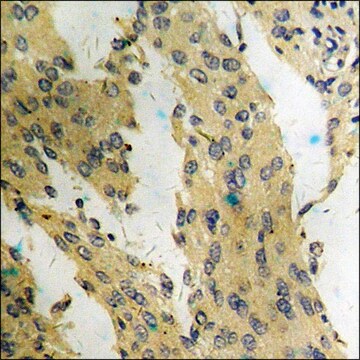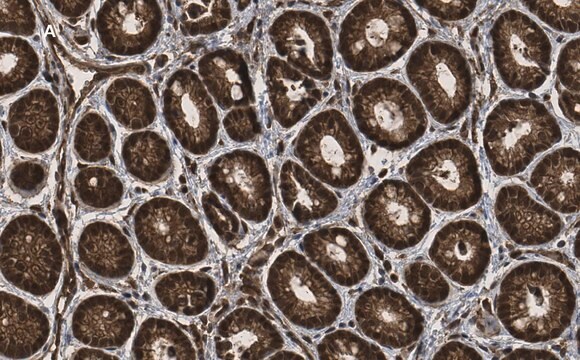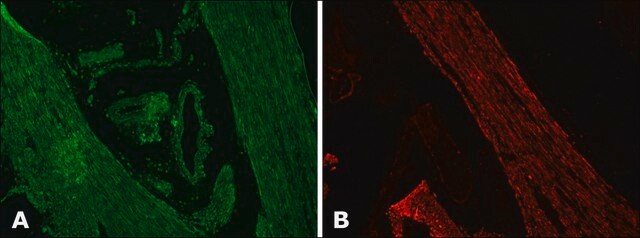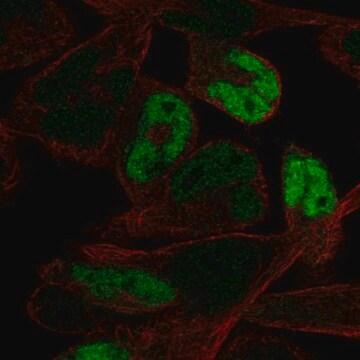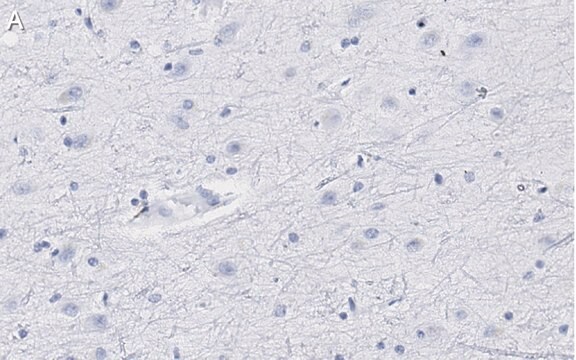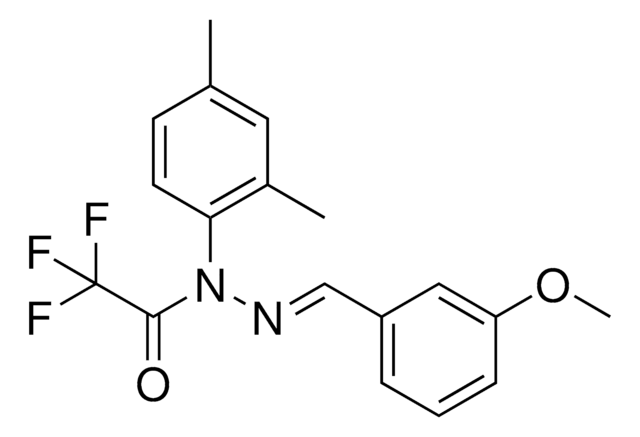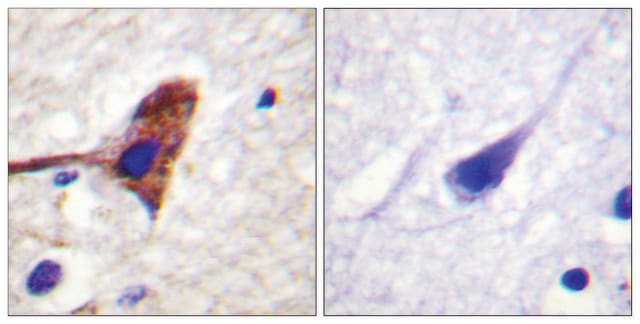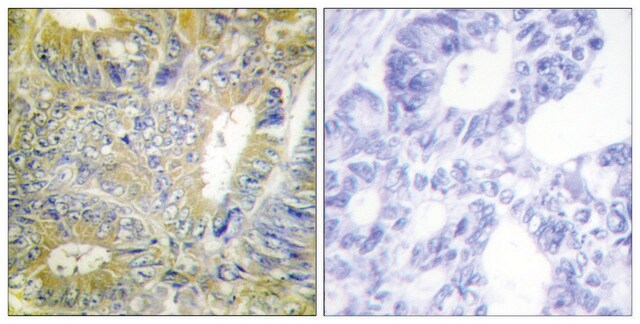Kluczowe dokumenty
CWA-1084
Anti-VCAM1 antibody produced in mouse
clone 1.G11B1, ColorWheel Dye-Ready
Synonim(y):
Vascular cell adhesion protein 1;V-CAM 1;VCAM-1;INCAM-100
About This Item
Polecane produkty
Nazwa produktu
Anti-Human CD106 (1.G11B1) ColorWheel® Dye-Ready mAb,
pochodzenie biologiczne
mouse
Poziom jakości
forma przeciwciała
purified antibody
rodzaj przeciwciała
primary antibodies
klon
1.G11B1, monoclonal
linia produktu
ColorWheel®
Formularz
lyophilized
masa cząsteczkowa
calculated mol wt 81.28 kDa
oczyszczone przez
using Protein A
reaktywność gatunkowa
human
reaktywność gatunkowa (przewidywana na podstawie homologii)
porcine
opakowanie
antibody small pack of 25 μL
charakterystyka ekologicznej alternatywy
Waste Prevention
Designing Safer Chemicals
Design for Energy Efficiency
Learn more about the Principles of Green Chemistry.
sustainability
Greener Alternative Product
metody
flow cytometry: suitable
izotyp
IgG1κ
sekwencja epitopowa
Extracellular domain
numer dostępu Protein ID
numer dostępu UniProt
kompatybilność
for use with ColorWheel® Dyes (Required, (Sold Separately))
kategoria ekologicznej alternatywy
Warunki transportu
ambient
temp. przechowywania
2-8°C
docelowa modyfikacja potranslacyjna
unmodified
informacje o genach
mouse ... VCAM1(7412)
Opis ogólny
Specyficzność
Immunogen
Zastosowanie
Evaluated by Flow Cytometry in HUVEC .
Flow Cytometry Analysis: Staining of HUVEC was performed using 5 μL of a 1:1 mixture of Cat. No. CWA-1084, Anti-Human CD106 (1.G11B1) ColorWheel® Dye-Ready mAb and Cat. No. CWD-PE ColorWheel® Antibody-Ready Phycoerythrin (PE) Dye or an equivalent amount of PE-conjugated Mouse IgG1 isotype control.
Note: Actual optimal working dilutions must be determined by end user as specimens, and experimental conditions may vary with the end user
Kompatybilność
Opis wartości docelowych
Postać fizyczna
Rekonstytucja
Przechowywanie i stabilność
Informacje prawne
Oświadczenie o zrzeczeniu się odpowiedzialności
Nie możesz znaleźć właściwego produktu?
Wypróbuj nasz Narzędzie selektora produktów.
wymagane, ale niedostarczone
Kod klasy składowania
13 - Non Combustible Solids
Klasa zagrożenia wodnego (WGK)
WGK 2
Temperatura zapłonu (°F)
Not applicable
Temperatura zapłonu (°C)
Not applicable
Wybierz jedną z najnowszych wersji:
Certyfikaty analizy (CoA)
Nie widzisz odpowiedniej wersji?
Jeśli potrzebujesz konkretnej wersji, możesz wyszukać konkretny certyfikat według numeru partii lub serii.
Masz już ten produkt?
Dokumenty związane z niedawno zakupionymi produktami zostały zamieszczone w Bibliotece dokumentów.
Nasz zespół naukowców ma doświadczenie we wszystkich obszarach badań, w tym w naukach przyrodniczych, materiałoznawstwie, syntezie chemicznej, chromatografii, analityce i wielu innych dziedzinach.
Skontaktuj się z zespołem ds. pomocy technicznej